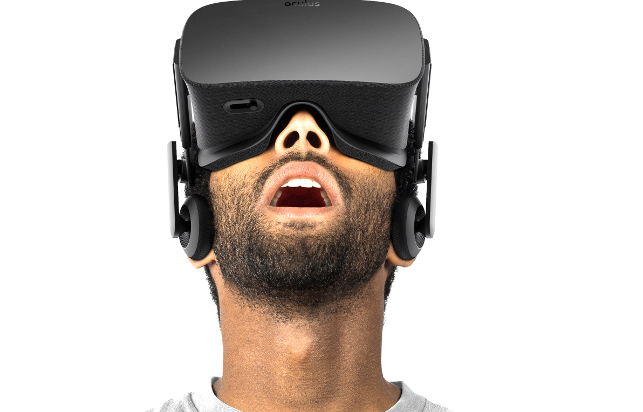Al Dean looks at the potential for more immersive design, and where we might be in a few years time. Will it lead to the death of the keyboard and mouse? He hopes not
Today, we’re on the cusp of something truly interesting for the design and engineering community.
As I state in the piece on “The future of immersive engineering”, I take great pleasure in looking at technology that is both available now as well as in the near future and trying to extrapolate where things are heading. That, after all, is pretty much my job (other than making sure Martyn does his expenses on time*). To put it another way, there’s nothing I love more than dusting off the crystal ball and having a peep into the future.

That said, like all good palm readers and soothsayers, I’m making those predictions based on what I’ve learned. I might not be trying to guess where your grandmother hid the family treasure or that you’ll meet a tall man/woman in your future, but it’s much the same.
For the last 12 months, the DEVELOP3D technical team has spent hours upon hours looking at VR technology, testing various applications, trying new workflows and, yes, spending a good solid week swearing at issues caused by crappy HDMI to DisplayPort adapters. This was all in the name of fi nding out what can be done with VR right now.
We’ve all installed, shouted at and cried with success when we’ve got multiple iterations of Oculus Rift (from DK1 and DK2 up to the shipping product) up and running.
We’ve worked through the utter shit storm that is clearing an already packed workshop to make space for the 5m x 5m space needed to test HTC Vive Room Scale immersion properly.
VR at the affordable end of the spectrum is in its infancy and with that infancy comes a mix of self help, forum scrubbing and general ‘bad temperedness’ when you’ve spent the best part of a week with two high resolution smartphones strapped two inches from your eyeballs. Migraines, we’ve had them. Extra trips to the opticians — yuppity-yup. And you know what? It has been worth it.
The design and engineering world is set to take advantage of the benefits of a consumer technology breakthrough that’s going to bring heavy weight VR to the masses. While the kids might love it for being able to spend even more time shooting at zombies (or whatever), we can take advantage of the benefit, here and now.
Software is going to become more sophisticated, hardware will improve and eventually get cheaper.
We’ll be able to visualise, inspect and verify our daily work, in a more realistic, scale correct, way than ever before.
Will we find ourselves finally getting rid of an input method designed for spreadsheets and the typing pool? Is the keyboard and mouse dead?
The answer is no. It probably isn’t, not for a long while yet. Why is that? The simple answer is fatigue. VR is amazing — and I mean, truly amazing. It’s also very useful and could aid many aspects of design and engineering creativity. But it’s also an ergonomic nightmare.
Whether you’re sat in your office chair or stood at your hipster standing desk, waving your arms around like a bookie at the dog track for 12 hours a day isn’t going to fly. Desks aren’t just for holding up your monitor — they’re perfect rests for your arm and wrists. And a chair lets you rest your spine.
VR is, like all good technology, best suited to workflow and processes that need it. Design review, digital mock up and collaboration, these are the sweet spots — and how sweet they are.
Trying to shoe horn VR into everything is just a waste of time and effort — time and effort that can be better spent working with the most efficient set of tools for the task at hand. That’s always going to be the good old keyboard, mouse and 27” display.
Right, I’m off to go and do something in the Real Reality — outside, with actual people and avoid staring at a screen for the next few hours.
Will it lead to the death of the keyboard and mouse?
Default






